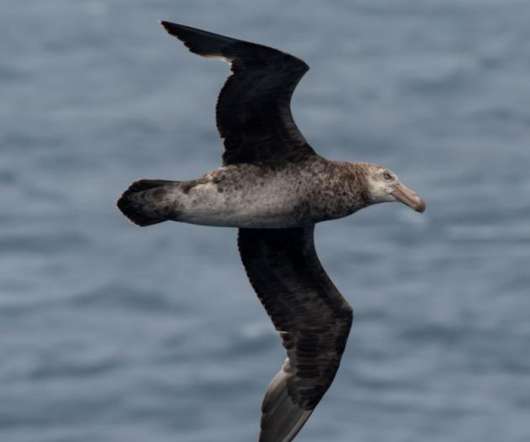Birding Hongbenghe, Yunnan (Part 1)
10,000 Birds
MARCH 11, 2024
Given that according to the HBW, the species prefers dense primary and secondary montane forests, the note that the bird also forages among kitchen waste (in the same HBW entry) seems somewhat incongruous. Note to those readers who do not know Wham!: Congratulations, you are much younger than me and got spared a lot of truly awful music).












Let's personalize your content